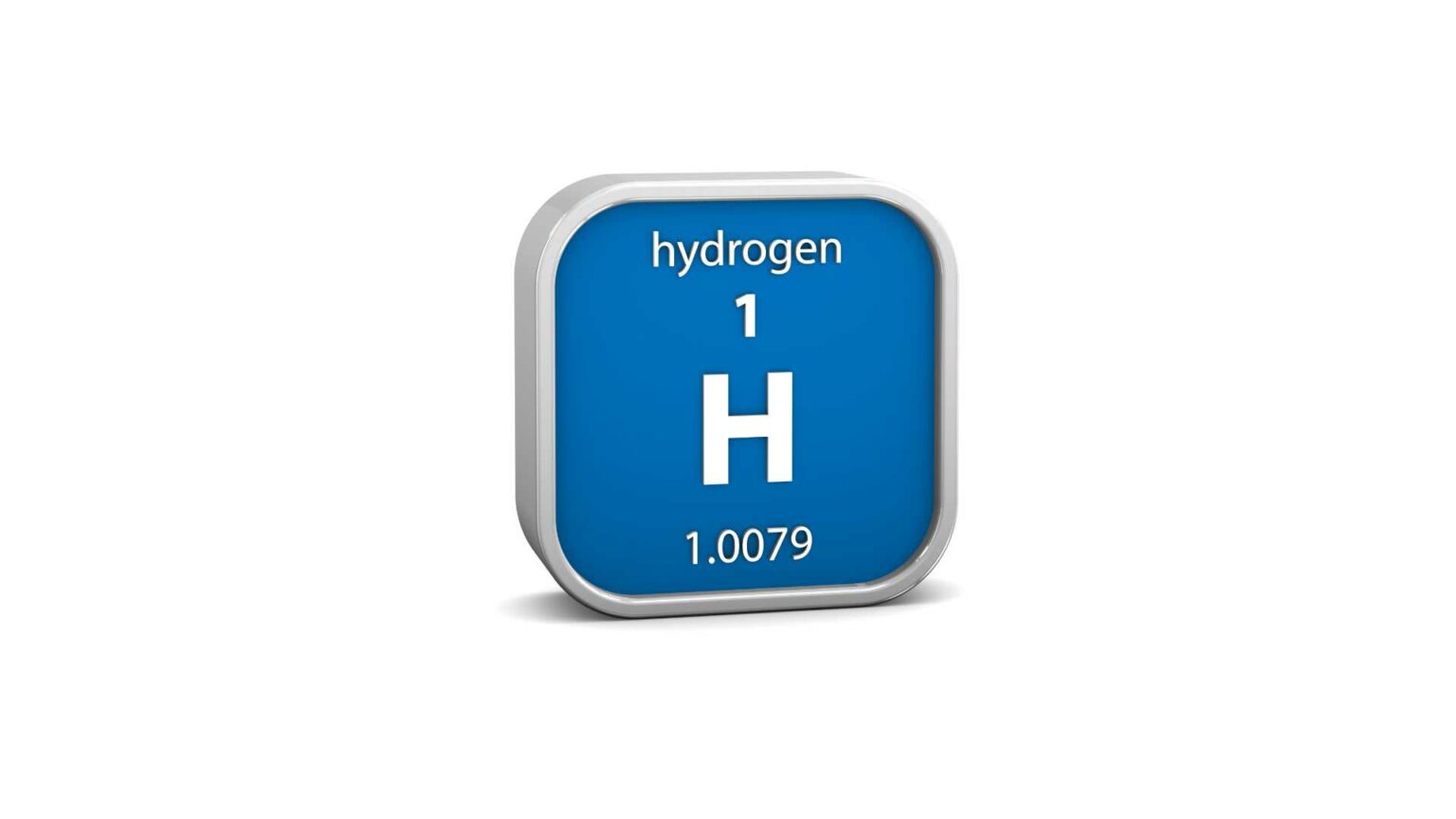In a study set to be published in the International Journal of Hydrogen Energy, researchers Liang Gong, Tianyu Mo, Chunxia Zhang, Zihang Yang, Haoyu Wang, Xufeng Yang, and Yuchun Zhang delve into the physics and behavior of fire induced by the interaction between hydrogen jet flames and pool flames. This research presents crucial insights that significantly affect the hydrogen industry, particularly regarding safety and efficiency in hydrogen utilization.
Key Findings
The research outlined in the abstract identifies and examines the unique physical behaviors and interactions between jet flames of hydrogen and pool flames. Key findings underscore the intricate dynamics that arise when these two types of flames come into contact and how their interaction affects flame structure and stability. The study utilizes experimental techniques combined with computational fluid dynamics (CFD) models to explore these flame interactions in detail.
Technical Details and Methodology
Advanced CFD simulations are critical to the research, providing a high-resolution understanding of flame behavior. To decipher the interactions, the researchers carefully controlled and monitored flame parameters, including velocity, temperature distributions, and flame length. These technical details and methodologies underscore the robustness of the research, offering valuable data points for further study and practical application.
Potential Applications
The insights from this research are particularly relevant for industries dealing with hydrogen storage and combustion. Safety protocols could be enhanced based on understanding the unique behaviors of mixed flame scenarios. For instance, hydrogen fuel stations and vehicles could benefit from these findings to prevent and mitigate fire hazards more effectively.
Relevance to the Hydrogen Market
As the hydrogen market expands, especially with increasing interest in hydrogen as a clean energy source, understanding the safety aspects associated with hydrogen use becomes paramount. This research is a cornerstone for improving safety measures in the hydrogen supply chain, potentially reducing risks associated with hydrogen ignition and combustion.
Broader Implications
The study’s broader implications extend beyond immediate applications to influence future hydrogen infrastructure designs and safety codes. By elucidating the fundamental interactions between different flame types, the research paves the way for advances in fire prevention strategies and better combustion systems in the hydrogen economy.
Conclusion
This research provides a detailed analysis of coupled hydrogen jet and pool flame interactions, offering valuable insights for industrial applications and safety measures. The study enhances our understanding of hydrogen flame dynamics by leveraging advanced CFD models and rigorous experimental setups—a critical step towards safer hydrogen use and handling.
In summary, while the study presents significant findings that can improve the safety and efficiency of hydrogen applications, it also highlights areas for further research, ensuring the industry can constantly evolve and adapt to new challenges. This balance of groundbreaking findings and ongoing inquiry is essential for the sustainable growth of the hydrogen market.
